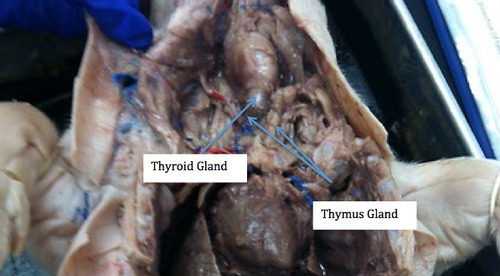

These columns are separated by venous sinuses. The outer zona glomerulosa is made up of whorls of cells that are continuous with the columns of cells that form the zona fasciculata. In adult mammals, the adrenal cortex is divided into three zones ( Figure 20–2). List the actions of aldosterone and describe the mechanisms that regulate aldosterone secretion.ĭescribe the main features of the diseases caused by excess or deficiency of each of the hormones of the adrenal gland. List and briefly describe the physiologic and pharmacologic effects of glucocorticoids.Ĭontrast the physiologic and pathologic effects of adrenal androgens.ĭescribe the mechanisms that regulate secretion of glucocorticoids and adrenal sex hormones. Name the major site of adrenocortical hormone metabolism and the principal metabolites produced from glucocorticoids, adrenal androgens, and aldosterone.ĭescribe the mechanisms by which glucocorticoids and aldosterone produce changes in cellular function. Name the plasma proteins that bind adrenocortical steroids and discuss their physiologic role.

Outline the steps involved in steroid biosynthesis in the adrenal cortex. List the stimuli that increase adrenal medullary secretion.ĭifferentiate between C 18, C 19, and C 21 steroids and give examples of each. Name the three catecholamines secreted by the adrenal medulla and summarize their biosynthesis, metabolism, and function.


 0 kommentar(er)
0 kommentar(er)
